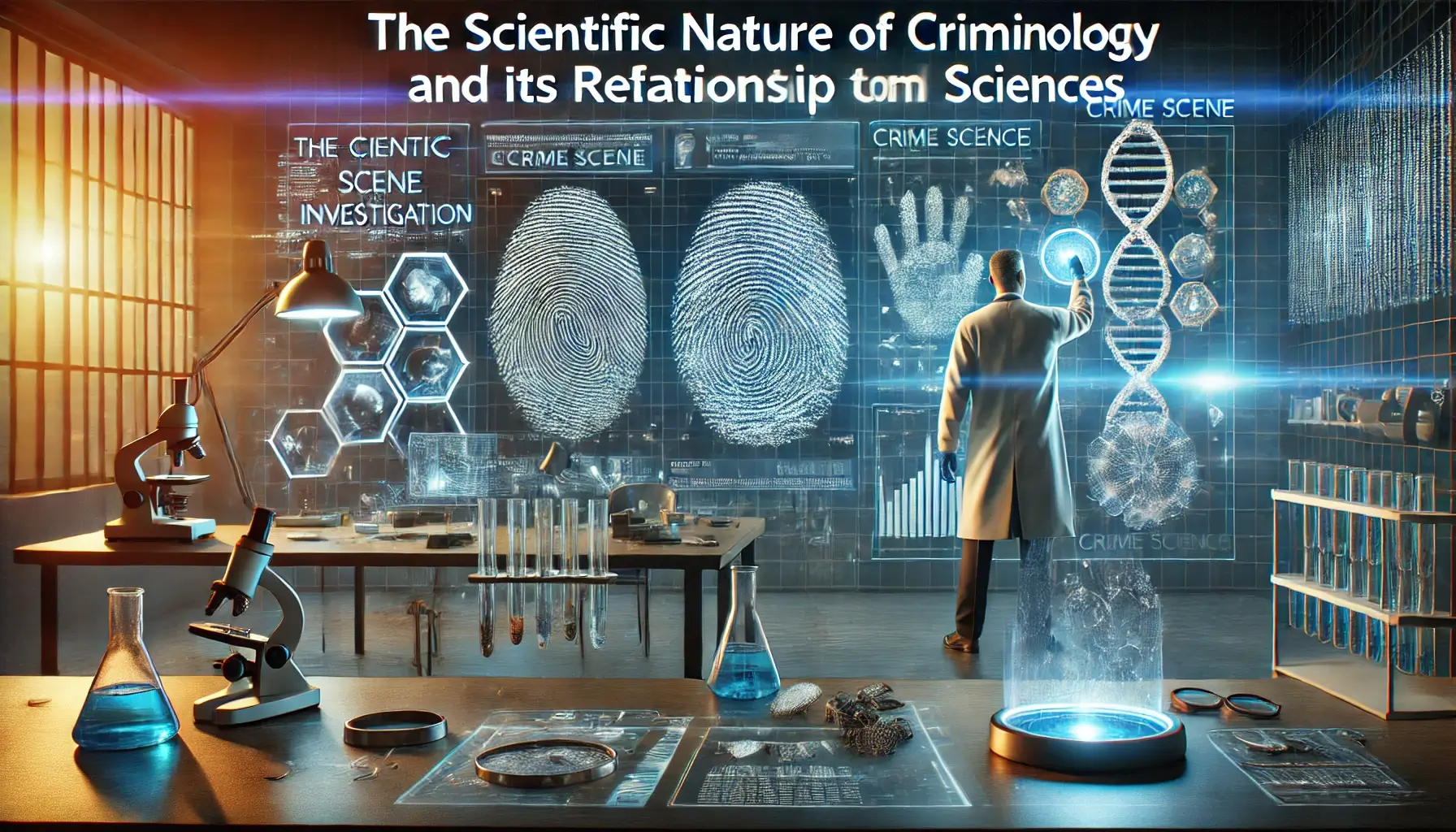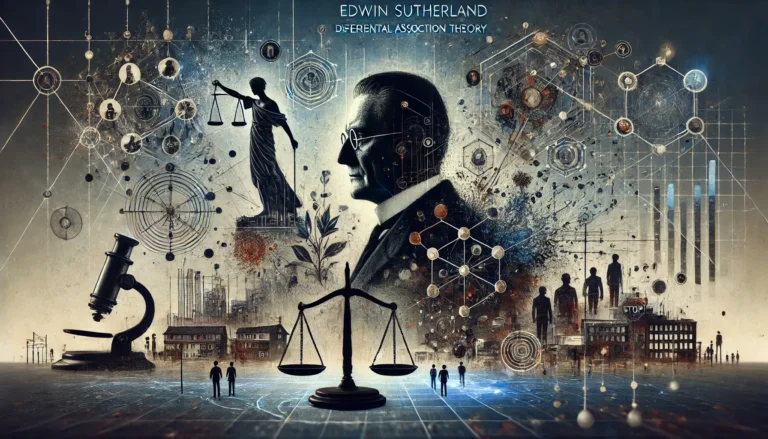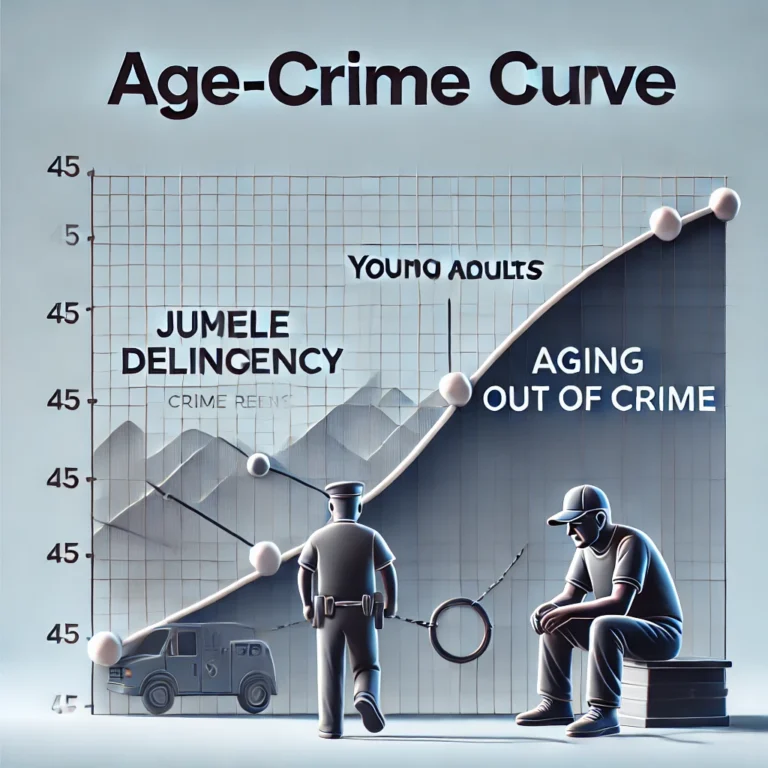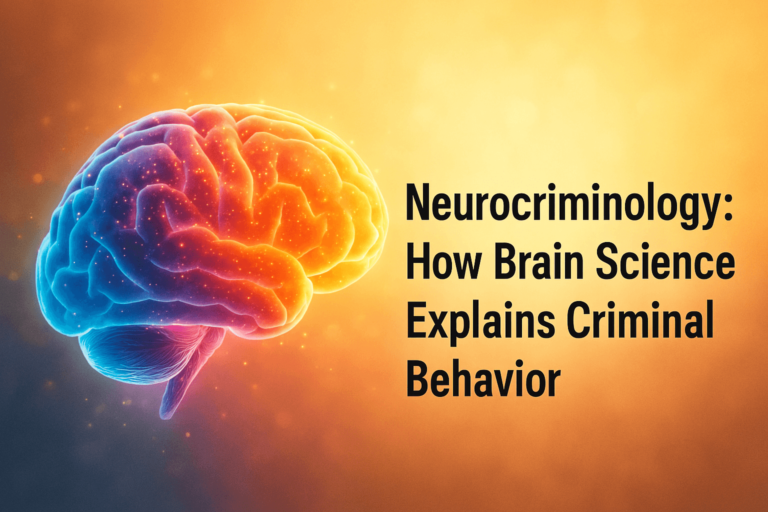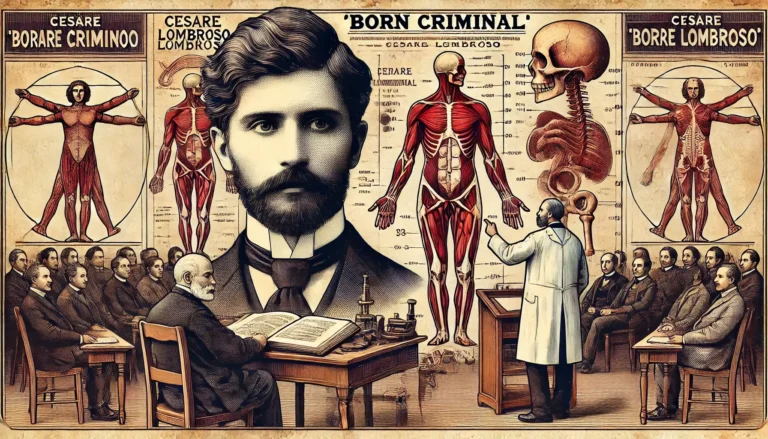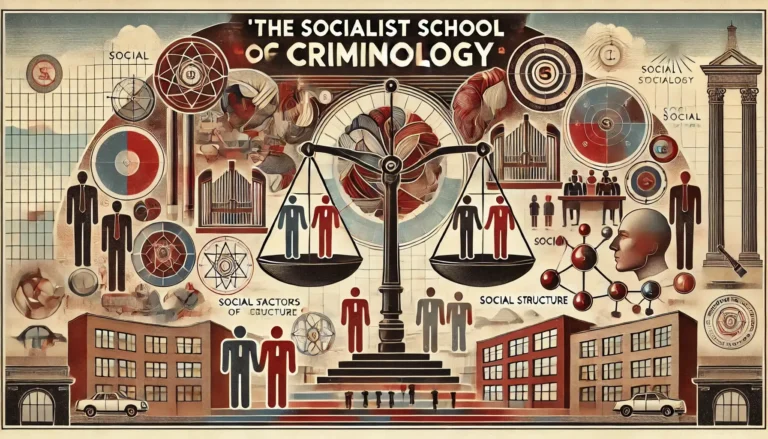The Scientific Nature of Criminology and Its Relationship to Criminal Sciences
Introduction to the Scientific Nature of Criminology
Criminology is an interdisciplinary field that seeks to understand crime, its causes, consequences, and control mechanisms. While traditionally associated with sociology, criminology has evolved into a scientific discipline that incorporates empirical research, statistical analysis, and theoretical frameworks to explain criminal behavior. Its scientific nature is grounded in systematic methodologies that rely on observation, hypothesis testing, and theoretical development. Furthermore, criminology has a profound relationship with various criminal sciences, including forensic science, criminal law, and psychology. This article explores the scientific foundations of criminology and examines its interplay with criminal sciences, shedding light on its importance in the modern justice system.
The Scientific Nature of Criminology
Theoretical Foundations
Criminology is built on a rich theoretical foundation that helps explain different aspects of criminal behavior. Classical criminology, positivist criminology, and modern theories provide a structured approach to understanding crime. Some of the key theoretical paradigms include:
- Classical Criminology: Developed in the 18th century, this school of thought, represented by Cesare Beccaria and Jeremy Bentham, posits that crime is a result of free will and rational decision-making. It emphasizes deterrence through appropriate punishments.
- Positivist Criminology: Emerging in the 19th century, this perspective, championed by Cesare Lombroso, focuses on biological, psychological, and social factors influencing criminal behavior.
- Modern Theories: These include strain theory, social learning theory, and routine activity theory, which provide empirical explanations for why individuals engage in criminal acts.
Research Methodologies in Criminology
Criminology employs both qualitative and quantitative research methods to study crime and criminal behavior systematically. Some of the core methodologies include:
- Quantitative Methods: Utilizing statistical analysis, surveys, and large datasets to identify crime patterns and trends. For example, crime mapping and predictive policing leverage quantitative methods to allocate law enforcement resources efficiently.
- Qualitative Methods: Employing case studies, ethnography, and interviews to understand the social and psychological dimensions of criminal behavior.
- Experimental and Longitudinal Studies: Conducting controlled experiments and long-term studies to assess the effectiveness of crime prevention strategies and rehabilitation programs.
The Role of Empirical Evidence
Criminology’s scientific nature is reinforced by its reliance on empirical evidence. Studies on recidivism, policing effectiveness, and social interventions provide data-driven insights that shape public policies. For example, research on community policing has demonstrated its effectiveness in reducing crime rates in certain urban areas.
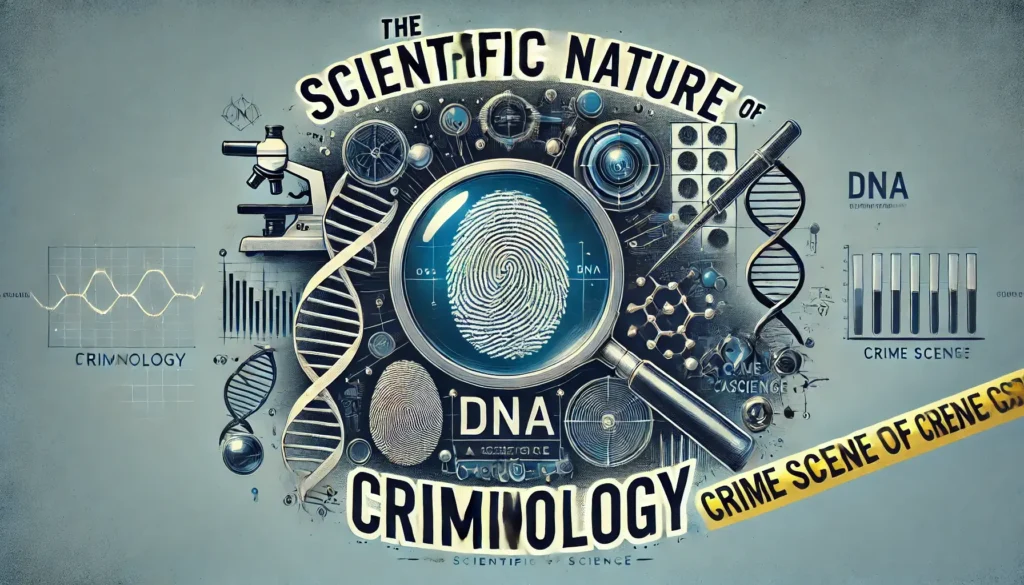
Criminology and Its Relationship to Criminal Sciences
Criminology and Criminal Law
Criminology and criminal law are closely related but distinct fields. While criminology seeks to understand the causes and patterns of crime, criminal law focuses on defining offenses, establishing punishments, and ensuring justice. The relationship between the two can be seen in:
- Legal Reforms: Criminological research informs legislative changes, such as shifts in sentencing policies and juvenile justice reforms.
- Crime Classification: Understanding different types of crimes, from violent offenses to white-collar crimes, helps legislators create appropriate legal frameworks.
Criminology and Forensic Science
Forensic science plays a critical role in criminal investigations and the justice system. Its intersection with criminology includes:
- Crime Scene Analysis: Criminologists often collaborate with forensic experts to analyze evidence and develop offender profiles.
- DNA and Fingerprint Analysis: Advances in forensic science have significantly improved crime detection and conviction accuracy.
- Behavioral Profiling: Criminology contributes to forensic psychology, helping investigators understand criminal motives and behaviors.
Criminology and Psychology
Criminology draws heavily from psychology to explore criminal minds and behaviors. Some areas where the two fields intersect include:
- Psychopathology and Crime: Studies on antisocial personality disorder, psychopathy, and other psychological conditions provide insights into violent criminal behavior.
- Rehabilitation and Correctional Programs: Psychological interventions, such as cognitive-behavioral therapy (CBT), are used to rehabilitate offenders and reduce recidivism.
- Risk Assessment: Psychological assessments help determine the likelihood of an individual reoffending, aiding parole boards in decision-making.
Criminology and Sociology
Since crime is a social phenomenon, criminology maintains a strong connection with sociology. Social structures, inequality, and cultural influences shape criminal behavior. Key sociological perspectives include:
- Social Disorganization Theory: Examines how environmental factors, such as poverty and urban decay, contribute to crime rates.
- Labeling Theory: Explores how societal reactions and stigmatization influence criminal identity and behavior.
- Routine Activity Theory: Suggests that crime occurs when a motivated offender encounters a suitable target without capable guardianship.
The Impact of Criminology on Criminal Justice Policies
Criminology plays a pivotal role in shaping criminal justice policies by providing evidence-based recommendations. Some notable impacts include:
- Crime Prevention Strategies: Data-driven approaches, such as hotspot policing and community engagement, help reduce crime rates.
- Rehabilitation Programs: Criminological studies have influenced the development of effective rehabilitation programs in correctional institutions.
- Juvenile Justice Reforms: Research on youth offenders has led to changes in how juvenile cases are handled, emphasizing rehabilitation over punishment.
- Sentencing and Penal Reforms: Studies on incarceration rates and their societal impact have fueled debates on alternative sentencing and prison reform.

Future Directions in Criminology
As crime continues to evolve, so does criminology. Emerging trends in the field include:
- Artificial Intelligence and Crime Analysis: AI-driven tools are being used for predictive policing, facial recognition, and crime pattern analysis.
- Cybercrime Studies: With the rise of digital crimes, criminologists are focusing on cybersecurity threats and online criminal behavior.
- Restorative Justice: An increasing emphasis on victim-centered approaches and reconciliation between offenders and victims.
- Global Crime Trends: International cooperation in tackling transnational crimes such as human trafficking and drug smuggling.
Conclusion
Criminology is a scientific discipline that utilizes empirical research, theoretical frameworks, and interdisciplinary approaches to understand crime. Its relationship with criminal sciences, including law, forensic science, psychology, and sociology, highlights its significance in shaping modern justice policies. As the field continues to evolve, advancements in technology and research methodologies will further enhance its ability to prevent and combat crime effectively. By fostering collaboration between criminologists, law enforcement, and policymakers, society can develop more effective strategies for maintaining law and order while ensuring justice for all.

